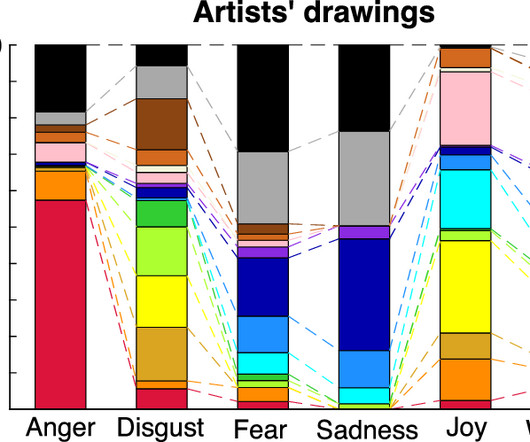Imaging the invisible: how can research software and imaging techniques help scientists study the things we can’t see?
Futurum
NOVEMBER 1, 2022
Imaging the invisible: how can research software and imaging techniques help scientists study the things we can’t see? Dr Joanna Leng , from the University of Leeds in the UK, is a research software engineer who designs and develops the software that allows scientific imaging devices to be used to their full potential. Pinterest.












Let's personalize your content